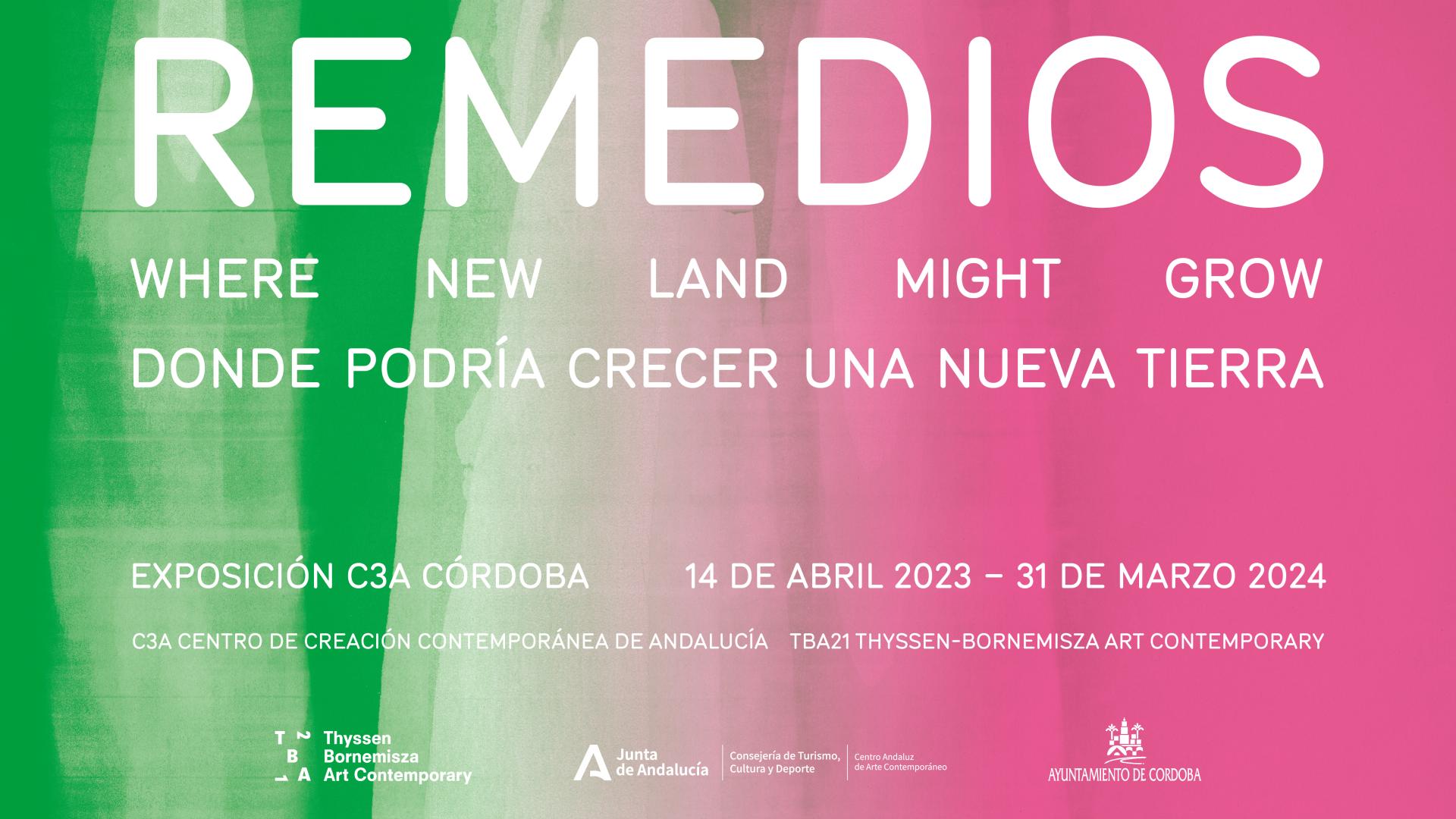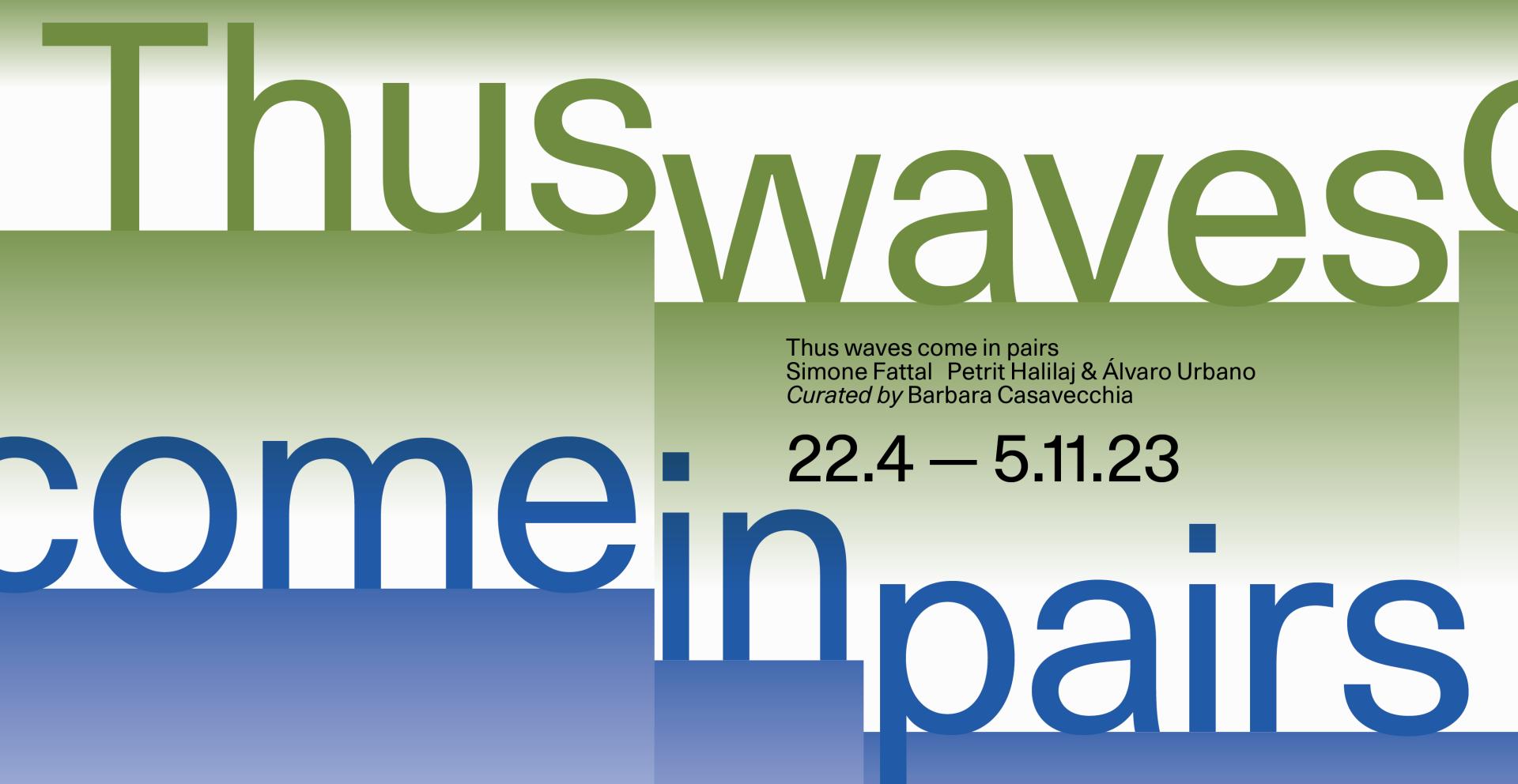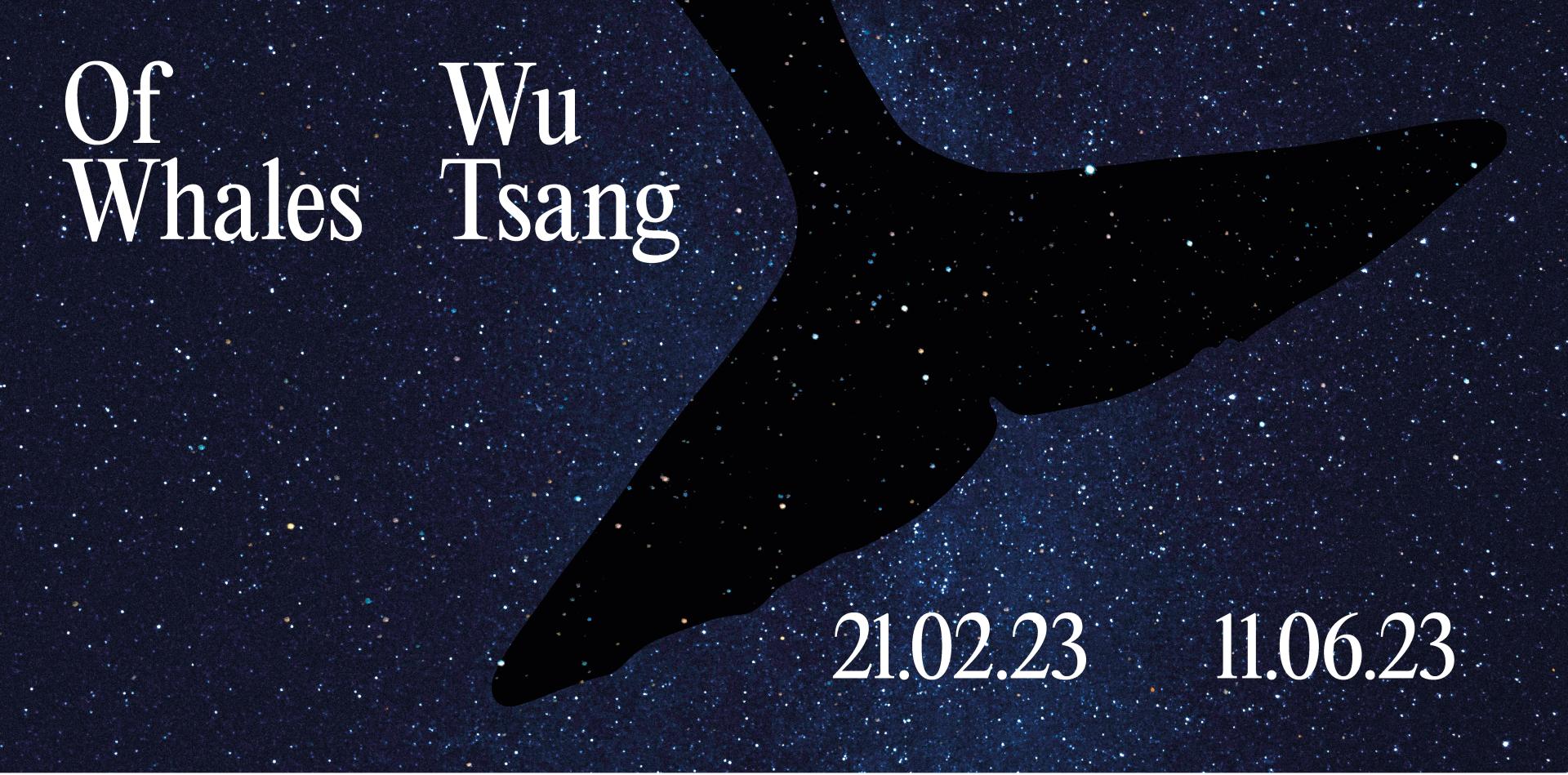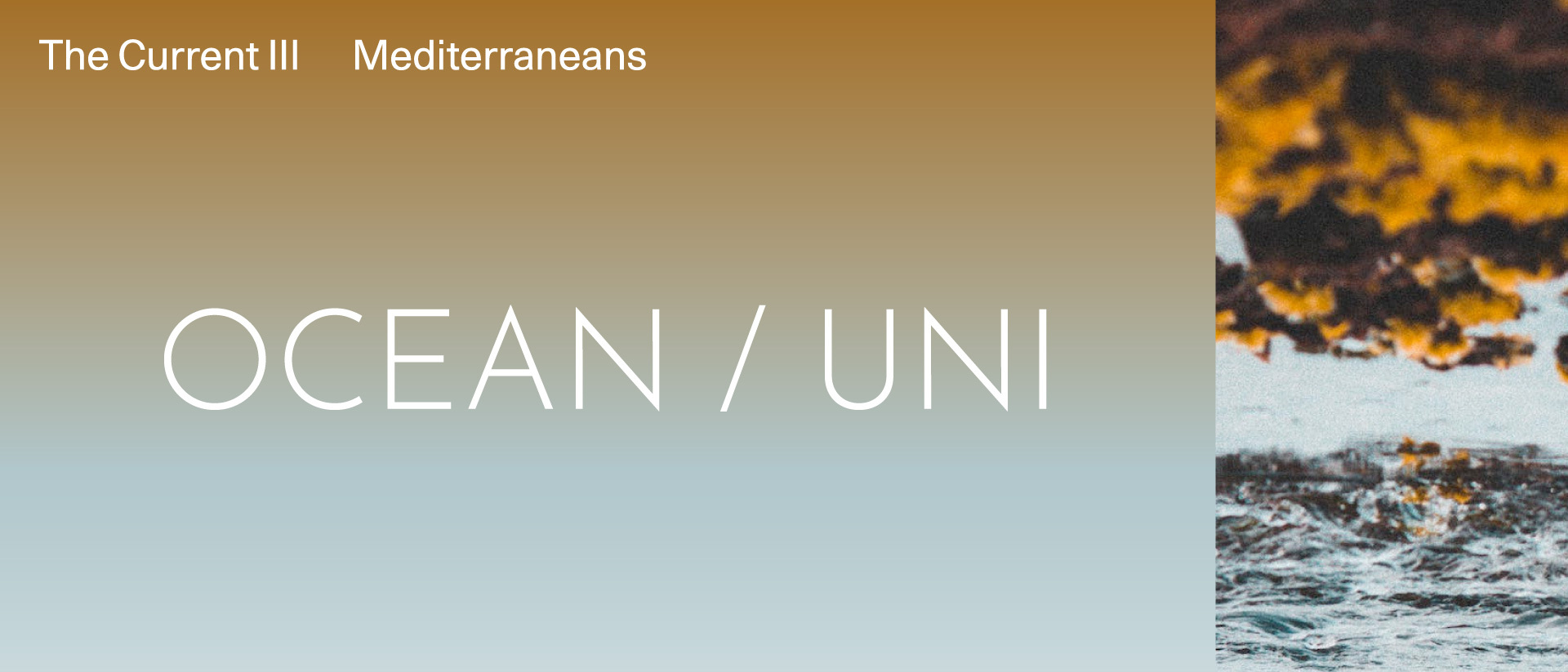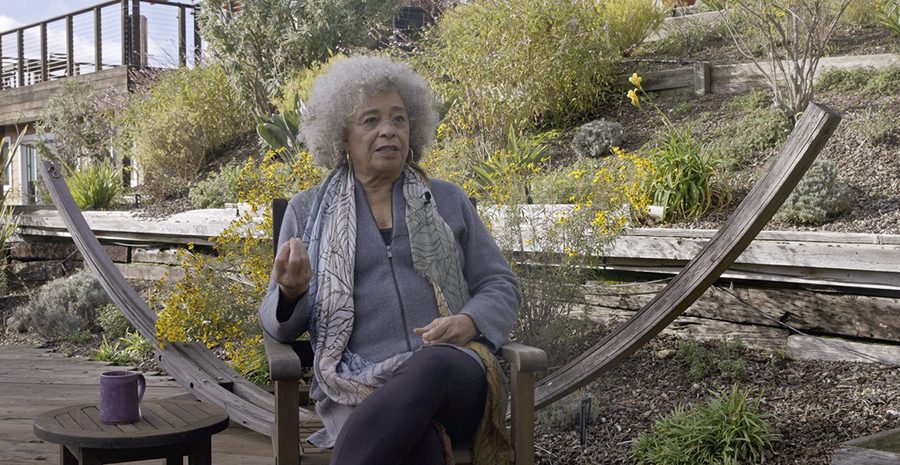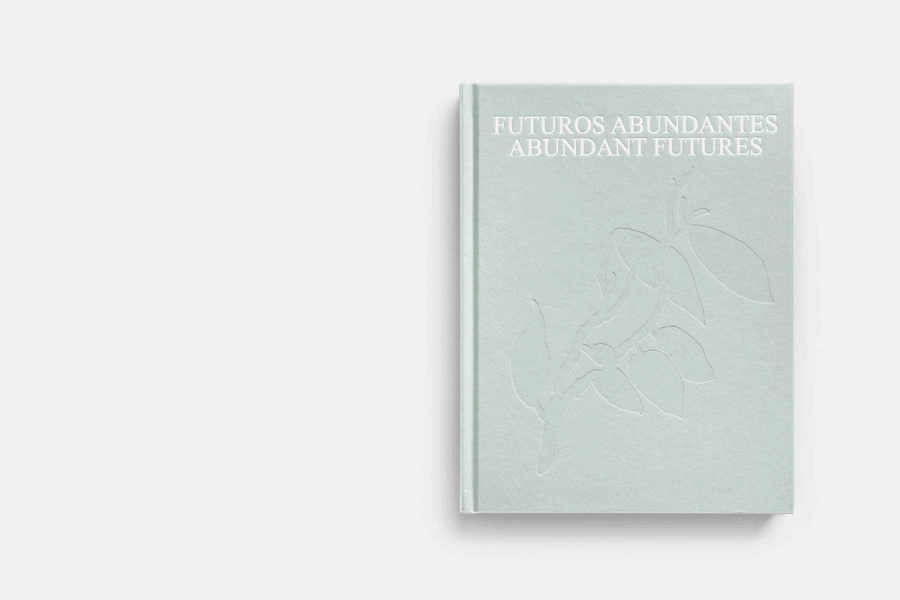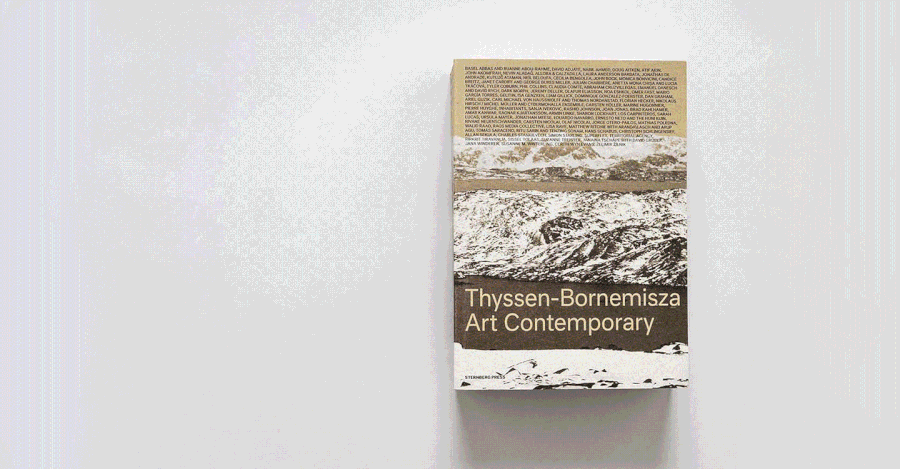World (no. 2), 2003
Kutluğ Ataman

Still: Courtesy the artist | Lehmann Maupin Gallery, New York

Still: Courtesy the artist | Lehmann Maupin Gallery, New York

Still: Courtesy the artist | Lehmann Maupin Gallery, New York
Collection
Single-channel video installation, b/w, silent
60 min
World (no. 2) (2003) forms one of six parts of Kutluğ Ataman’s series Animated Words and contains multiple and complex meanings. As a result of the linguistic and alphabetic properties, which determine and delimit the work’s potential to be translated by a mass audience, many of these meanings remain coded, making illegibility and dissemblance a distinctive feature of the work for those not able to read its text. As a result, Ataman’s Animated Words series does well to highlight the ways in which variables such as the work’s location can impact its reception.
This point came through strongly on the occasion of the work’s exhibition at MoMA in 2006, as part of Fereshteh Daftari’s exhibition, Without Boundary: Seventeen Ways of Looking, which sought to complicate the broad categorization of Islamic Art by Western institutions by grouping together the work of artists “who come from the Islamic world but do not live there.”[1] Keen to confront “the difficulty [related to] making origin a defining factor in the consideration of art,” Daftari wrote in her introduction to that exhibition’s catalogue that “only active consideration of this kind will slow down the race toward simplistic conclusions and binary thinking.”[2] Like many of the other works selected for that show, Ataman’s animations actively imploded common dichotomies through their combination of media, and critical engagement with the politics of translation and reception.
By re-enacting the Islamic tradition of concealing images within text through computer-animation Ataman draws attention to the shared impetus of these methods and traditions. By doing so, he not only erases perceived differences between the technologies at play but, as Homi Bhaba has written, “reinvent[s] tradition while revising the cultural history of the present moment.”[3] Speaking of Ataman’s animations alongside other works included in the exhibition, Bhaba wrote: “all these instances of the creative moment across time-zones and cultural borders cannot simply be understood as techniques of appropriation or strategies of revision or subversion. They serve a larger purpose. [They] slow down the hermeneutic hurry with which we try to define their time frames (what cultural value, what aesthetic understanding, comes from this intermediate state of past-in-present?) And make us delay our judgements on genres, cultural norms, and art objects (are these heterogenous, hybrid articulations or smooth syncretic forms?). What these artists reveal is a productive yet provisional sense of transition that persists in the time-lagged process of cultural transmission: how do artistic traditions endure the process of displacement while maintaining some of the contours of cultural continuity? What transformative possibilities exist within practices that appear to be traditional and time-worn?”[4]
Ataman’s decision to construct the text body of the work in Ottoman Turkish is, in the words of Oylun Albayrak, “a deliberately inauthentic choice of cultural heritage,” that produces a largely illiterate audience.[5] As a result, the theme of “cultural transmission” of which Bhaba speaks is a predominant feature of the work for most people, a theme further highlighted by the repeated overlapping and separation of word into image and vice versa. –Elsa Gray
[1] Fereshteh Daftari, “Islamic or Not,” in Without Boundary: Seventeen Ways of Looking (New York: The Museum of Modern Art, 2006), 10.
[2] ibid
[3] Homi Bhaba, “Another Country,” in Without Boundary: Seventeen Ways of Looking (New York: The Museum of Modern Art, 2006), 31.
[4] ibid
[5] Oylun Albayrak, “The Irreversible Line: Adornian Contribution and Communication Through the Use of Arabic script in the Videos of Mona Hatoum and Kutluğ Ataman,” (New York: Stony Brook University, 2012), 16.
60 min
World (no. 2) (2003) forms one of six parts of Kutluğ Ataman’s series Animated Words and contains multiple and complex meanings. As a result of the linguistic and alphabetic properties, which determine and delimit the work’s potential to be translated by a mass audience, many of these meanings remain coded, making illegibility and dissemblance a distinctive feature of the work for those not able to read its text. As a result, Ataman’s Animated Words series does well to highlight the ways in which variables such as the work’s location can impact its reception.
This point came through strongly on the occasion of the work’s exhibition at MoMA in 2006, as part of Fereshteh Daftari’s exhibition, Without Boundary: Seventeen Ways of Looking, which sought to complicate the broad categorization of Islamic Art by Western institutions by grouping together the work of artists “who come from the Islamic world but do not live there.”[1] Keen to confront “the difficulty [related to] making origin a defining factor in the consideration of art,” Daftari wrote in her introduction to that exhibition’s catalogue that “only active consideration of this kind will slow down the race toward simplistic conclusions and binary thinking.”[2] Like many of the other works selected for that show, Ataman’s animations actively imploded common dichotomies through their combination of media, and critical engagement with the politics of translation and reception.
By re-enacting the Islamic tradition of concealing images within text through computer-animation Ataman draws attention to the shared impetus of these methods and traditions. By doing so, he not only erases perceived differences between the technologies at play but, as Homi Bhaba has written, “reinvent[s] tradition while revising the cultural history of the present moment.”[3] Speaking of Ataman’s animations alongside other works included in the exhibition, Bhaba wrote: “all these instances of the creative moment across time-zones and cultural borders cannot simply be understood as techniques of appropriation or strategies of revision or subversion. They serve a larger purpose. [They] slow down the hermeneutic hurry with which we try to define their time frames (what cultural value, what aesthetic understanding, comes from this intermediate state of past-in-present?) And make us delay our judgements on genres, cultural norms, and art objects (are these heterogenous, hybrid articulations or smooth syncretic forms?). What these artists reveal is a productive yet provisional sense of transition that persists in the time-lagged process of cultural transmission: how do artistic traditions endure the process of displacement while maintaining some of the contours of cultural continuity? What transformative possibilities exist within practices that appear to be traditional and time-worn?”[4]
Ataman’s decision to construct the text body of the work in Ottoman Turkish is, in the words of Oylun Albayrak, “a deliberately inauthentic choice of cultural heritage,” that produces a largely illiterate audience.[5] As a result, the theme of “cultural transmission” of which Bhaba speaks is a predominant feature of the work for most people, a theme further highlighted by the repeated overlapping and separation of word into image and vice versa. –Elsa Gray
[1] Fereshteh Daftari, “Islamic or Not,” in Without Boundary: Seventeen Ways of Looking (New York: The Museum of Modern Art, 2006), 10.
[2] ibid
[3] Homi Bhaba, “Another Country,” in Without Boundary: Seventeen Ways of Looking (New York: The Museum of Modern Art, 2006), 31.
[4] ibid
[5] Oylun Albayrak, “The Irreversible Line: Adornian Contribution and Communication Through the Use of Arabic script in the Videos of Mona Hatoum and Kutluğ Ataman,” (New York: Stony Brook University, 2012), 16.
Kutluğ Ataman (born 1961) is a Turkish contemporary artist and filmmaker, who produces both photography and video art. He won the Carnegie Prize for his works "Kuba" in 2004.. In the same year he was nominated for Turner Prize for his work "twelve". Kutlug Ataman was the jury for Istanbul Film Festival. His movies won many awards.
This biography is from Wikipedia under an Attribution-ShareAlike Creative Commons License.
This biography is from Wikipedia under an Attribution-ShareAlike Creative Commons License.



